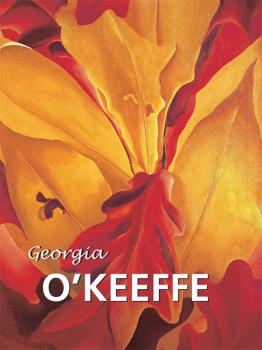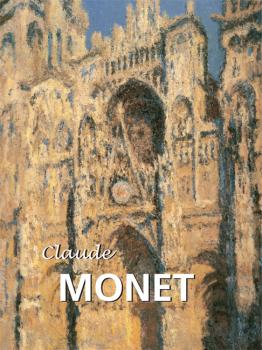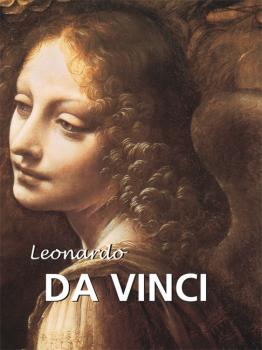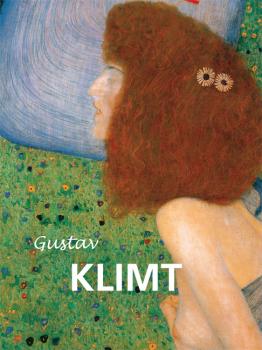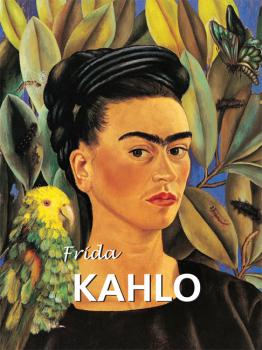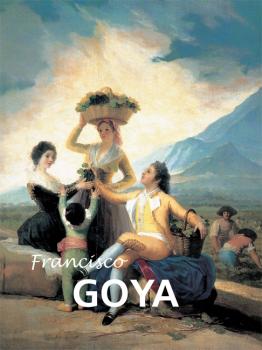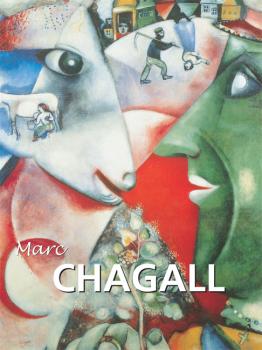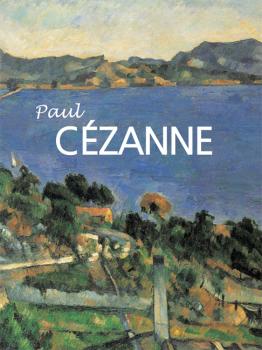ТОП просматриваемых книг сайта:
Изобразительное искусство, фотография
Различные книги в жанре Изобразительное искусство, фотография, доступные для чтения и скачиванияАннотация
Информация о книге
Автор произведения Gerry Souter
Жанр Изобразительное искусство, фотография
Серия Great Masters
Аннотация
Информация о книге
Автор произведения Nathalia Brodskaya
Жанр Изобразительное искусство, фотография
Серия Great Masters
Аннотация
Информация о книге
Автор произведения Eugene Muntz
Жанр Изобразительное искусство, фотография
Серия Great Masters
Аннотация
Информация о книге
Автор произведения Patrick Bade
Жанр Изобразительное искусство, фотография
Серия Great Masters
Аннотация
Информация о книге
Автор произведения Gerry Souter
Жанр Изобразительное искусство, фотография
Серия Great Masters
Аннотация
Информация о книге
Автор произведения Sarah Carr-Gomm
Жанр Изобразительное искусство, фотография
Серия Great Masters
Аннотация
Информация о книге
Автор произведения Victoria Charles
Жанр Изобразительное искусство, фотография
Серия Great Masters
Аннотация
Информация о книге
Автор произведения Victoria Charles
Жанр Изобразительное искусство, фотография
Серия Great Masters
Аннотация
Информация о книге
Автор произведения Nathalia Brodskaya
Жанр Изобразительное искусство, фотография
Серия Great Masters
Аннотация
Информация о книге
Автор произведения Virginia Pitts Rembert
Жанр Изобразительное искусство, фотография
Серия Best of

